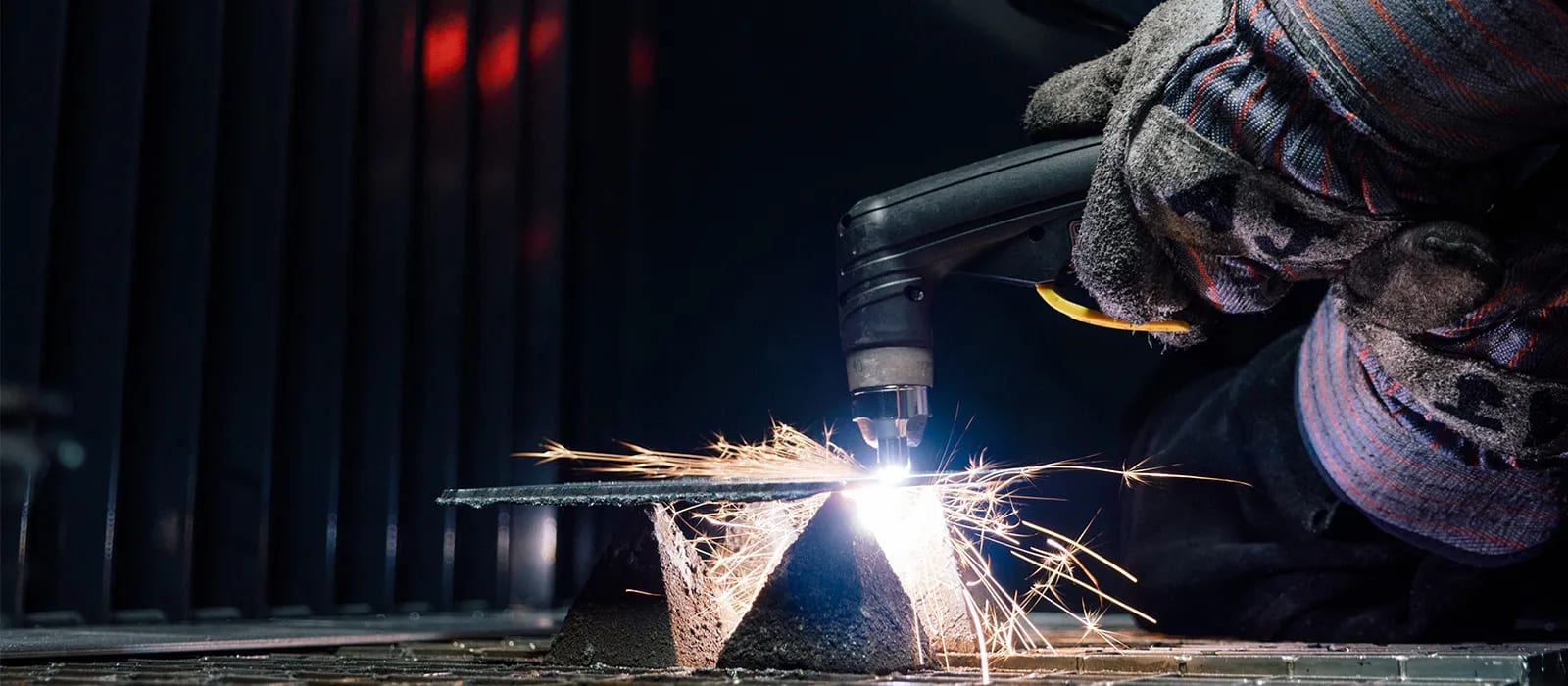Your Total Handbook to Preventing Weld Undercut Like a Pro
Wiki Article
Mastering the Art of Welding: How to Prevent Undercut Welding Issues for Flawless Fabrication Results
Efficiency and precision are vital in the globe of welding, where even the least flaw can endanger the structural honesty of a made piece. One typical obstacle that welders face is damaging, a problem that can deteriorate a weld joint and lead to expensive rework. By recognizing the root creates of undercut welding and applying reliable methods to prevent it, welders can boost their craft to new levels of quality (Preventing weld undercut). In the search of remarkable construction results, mastering the art of welding to prevent undercut issues is not simply a skill yet a necessity for those aiming for perfection in their work.Recognizing Undercut Welding

To avoid undercut welding, welders must guarantee correct welding criteria, such as changing the current, voltage, travel speed, and preserving the appropriate electrode angle. Additionally, utilizing the appropriate welding method for the certain joint setup is important. Using weaving motions or backstepping methods can help ensure appropriate weld metal deposition and decrease the chance of undercut development. Normal assessment of welds during and after the welding process is additionally vital to capture any undercut very early and make essential modifications to avoid additional problems. Preventing weld undercut. By understanding the causes of undercut welding and applying safety nets, welders can accomplish top notch, structurally sound welds.
Root Causes Of Undercut in Welding
Comprehending the elements that add to undercut in welding is crucial for welders to generate high-quality, structurally audio welds. When the weld steel does not appropriately load the groove created between the base metal and the formerly deposited weld steel, damaging happens. Several factors can cause damage in welding. One typical cause is too much warm input. Welding at high temperatures for prolonged periods can cause the base metal melting greater than wanted, leading to damage. Poor welding existing or wrong welding rate can also add to damage. Not enough current might not supply sufficient heat to thaw the base and filler metals effectively, while extreme rate can stop proper combination, causing undercut. In addition, inappropriate electrode angles or incorrect lantern manipulation methods can create areas of reduced weld metal deposition, advertising undercut. Understanding these reasons and executing correct welding techniques can assist avoid damaging issues, making certain strong and sturdy welds.Techniques to Avoid Undercutting

To minimize the danger of undercutting in welding, welders can employ critical welding techniques intended at improving the high quality and stability of the weld joints. One efficient method is to adjust the welding criteria, such as voltage, present, and take a trip rate, to ensure proper heat input and deposition. Keeping an appropriate electrode angle and ensuring regular traveling rate can likewise help avoid undercut. Additionally, using the correct welding technique for the particular joint setup, such as weave or stringer beads, can add to decreasing undercutting. Preventing weld undercut.
In addition, correct joint preparation, consisting of making sure tidy base materials without impurities and using the ideal welding consumables, is important in avoiding undercut defects. Utilizing back-step welding techniques and managing the weld bead profile can additionally aid distribute warm equally and lessen the threat of undercut. Regular assessment of the weld joint during and after welding, along with implementing quality control actions, can assist in spotting and attending to damaging issues immediately. By executing these methods carefully, welders can achieve perfect manufacture results with minimal undercut problems.
Importance of Proper Welding Parameters
Selecting and preserving proper welding specifications is necessary for attaining effective welds with very little problems. Welding specifications describe variables such as voltage, present, travel speed, electrode angle, and protecting gas circulation price that directly impact the welding procedure. These specifications must be very carefully changed based on the kind of product being bonded, its thickness, and the welding technique used.Appropriate welding specifications ensure the correct amount of warm is related to melt the base metals and filler material evenly. If the criteria are set too high, it can result in extreme heat input, creating spatter, burn-through, or distortion. On the various other hand, if the parameters are as well low, insufficient combination, absence of penetration, or damaging may happen.
Quality Assurance in Welding Workflow

Conclusion
In conclusion, mastering the art of welding requires an extensive understanding of undercut welding, its reasons, and strategies to avoid it. By ensuring correct welding specifications and applying high quality guarantee methods, flawless fabrication outcomes can be accomplished. It is vital for welders to constantly make every effort for quality in their welding procedures to avoid undercut concerns and produce premium welds.Undercut welding, a common defect in welding procedures, occurs when the weld steel does not effectively fill up the groove and leaves a groove or depression along the welded joint.To prevent undercut welding, welders need to make certain appropriate welding parameters, such as readjusting the present, voltage, traveling speed, imp source and maintaining the correct electrode angle. Poor welding incorrect or present welding rate can also add to damage.To mitigate the danger of undercutting in welding, welders can employ calculated welding methods intended at enhancing the top quality and stability of the weld joints.In verdict, mastering the art of welding calls for a comprehensive understanding of undercut welding, its reasons, and techniques to look at more info avoid it.
Report this wiki page